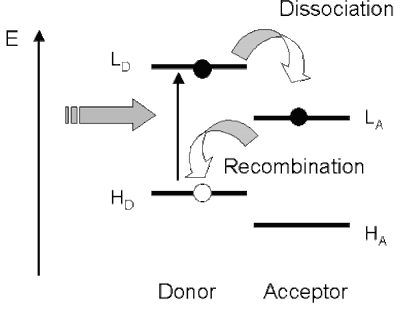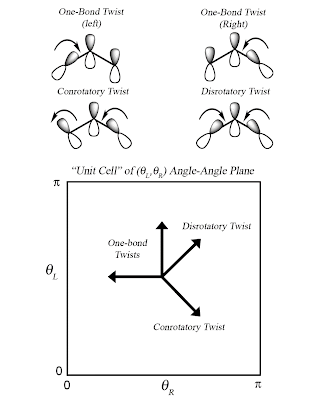How can living organisms be so highly ordered?

This may seem to violate the second law of thermodynamics. In the Intermediate Biophysics class meeting today we agreed to start reading through Philip Nelson's excellent book, Biological Physics: Energy, Information, and Life. Each chapter begins with a biological question, and a terse slogan encapsulating a physical idea relevant to the question. Chapter 1 begins with: Biological question : How can living organisms be so highly ordered? Physical idea : The flow of energy can leave behind increased order. He introduces the idea of free energy as the useful energy or quality of energy. The distinction between high and low quality energy is a matter of order or organisation. Living beings consume order not energy. Free energy transduction is what the biosphere does to create order. The figure below is a nice way to illustrate transduction of free energy. A machine uses osmotic flow to convert disorder (random molecular motion) into work in the upper part of the figure. In the low














